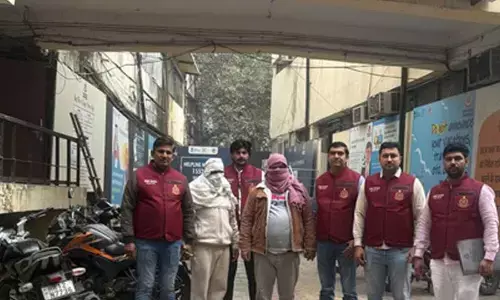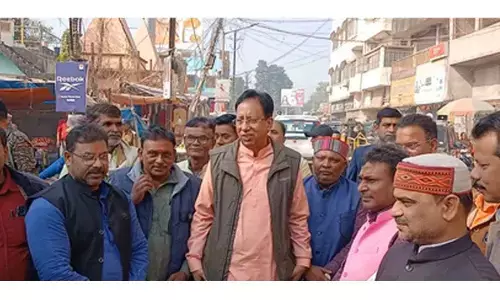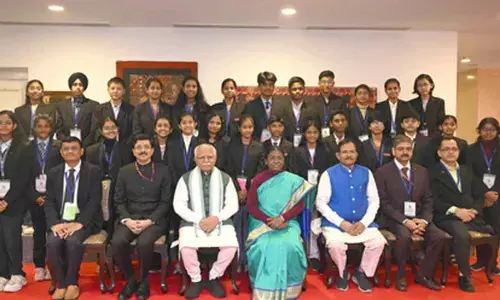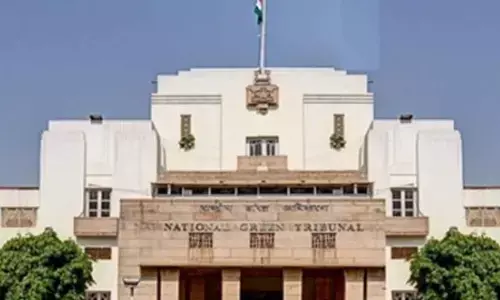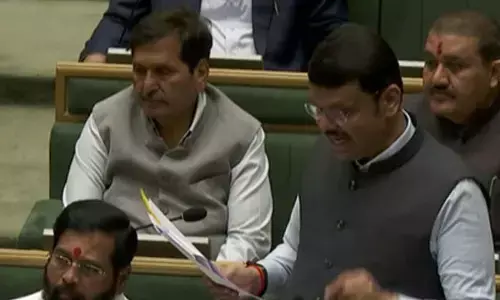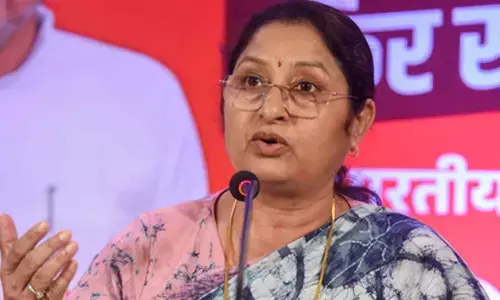Ayodhya Case: Sunni Waqf Board says ASI failed to prove that temple was destroyed to build Babri Masjid
Share :
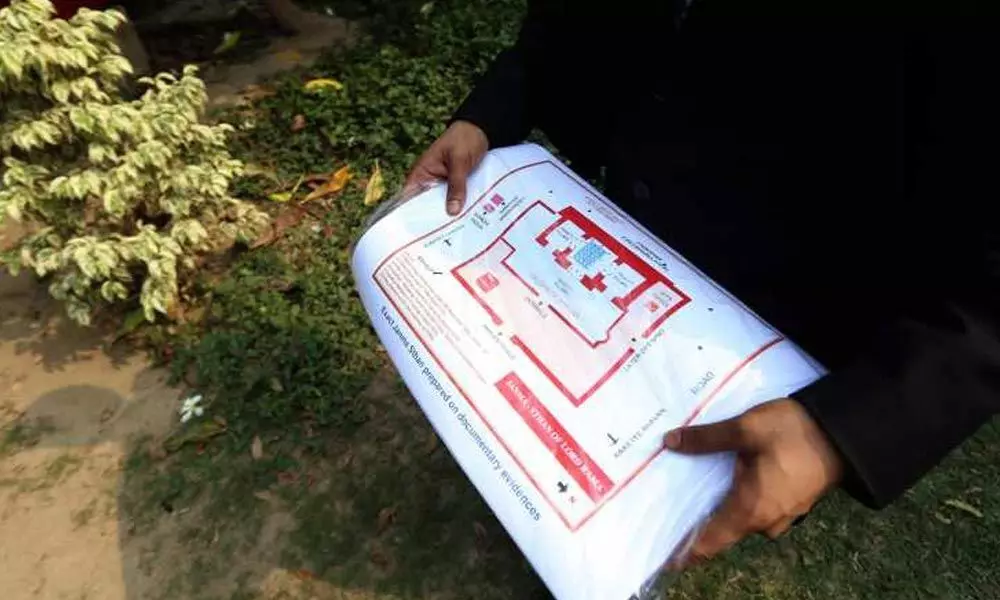
The mosque is Waqf by use, said the counsels, as they always had the title and merely gave prescriptive right to Hindus to pray at the outer courtyard.
NEW DELHI: The long and hard-fought legal battle by Uttar Pradesh Sunni Waqf Board in the Ayodhya title dispute case has apparently come to an end as the Supreme Court reserved its judgement in the case.
The Waqf Board heavily argued on the characteristics of the mosque, which Hindus majorly opposed, and cited an array of evidence to support its claim on the tile of the disputed land in Ayodhya.
It was in December 1961 that the Waqf Board filed the suit in the dispute. According to the Board, the idols of Lord Ram and another deity were placed inside on the intervening night of December 22-23, 1949, in the inner courtyard under the central dome.
Later, this inner courtyard was attached, and in 1982, the outer courtyard was also attached. The Board filed the suit claiming - the inner courtyard, outer courtyard and the unattached graveyard. In the colonial era, the British issued a sanad, a deed, and recognized the mosque as Waqf and gave it due recognization in this capacity. In fact, the local Hindus even recognized the constructed structure as a mosque. The Waqf Board asserted that definitive documentary evidence before the year 1855 was not available, and the same was true for pro-temple parties.
The Board counsels have consistently and vehemently contested that the challenge to the mosque, being contrary to Islam, on various grounds is wrong, especially in the backdrop of diverging views of the three-judge bench of Allahabad High Court, which delivered a verdict on the dispute in 2010. "The mosque is Waqf by use", said the counsels, as they always had the title and merely gave prescriptive right to Hindus to pray at the outer courtyard.
"Muslims have been in possession of the mosque as a Waqf property and have used it for worship since 1528", claimed the Waqf Board before the five-judge bench headed by Chief Justice Ranjan Gogoi.
After its construction, Babur had provided Rs 60 per annum as grant for the maintenance of the mosque. This grant continued during the regime of the British colonial-rule, and in lieu of cash, grant free land was given.
"Muslims have been peaceful possession of the Babri mosque and recited prayers in it, till December 23, 1949. The Board told the apex court that under the Muslim law, mosque is a place where prayers are offered publicly as a matter of right and it does not require any particular mode of structure. After the demolition of the mosque building by the miscreants the land over which the building stood is still a mosque and Muslims are entitled to offer prayers....and, the ownership of the mosque vests in god almighty and it is a Waqf property and has the Waqf character...and even after demolition the land could not be used for any other purpose", said the Waqf Board in the court.
Citing the validity of the mosque under Islamic law, the counsels informed the court that under the Muslim Waqf Act 1936, Chief Commissioner Waqf was appointed and after inspection, he concluded that mosque was constructed by Babar and as per law, the mosque was a Sunni Waqf, and it is registered as Waqf number 26 Faizabad in the register of Waqf under UP Muslim Waqf Act.
The Waqf inspector submitted a report on December 12, 1949, that Muslims were harassed by Hindus and Sikhs if they were to offer prayers in the Babri-Masjid. Muslim parties counsel submitted the mosque is a Sharia consonant. The Board insisted on the evidence given by expert religious teachers testifying on Islamic faith, and their testimony was accepted by court.
Witnesses categorically claimed that the presence of idol would not change the status of the mosque; pictures of man, woman, birds or animals on the pillars would not change mosque's character; and mosque could be with or without minarets and it could be surrounded by a graveyard. The Waqf Board strongly refuted the assertion of the Hindu side that mosque could have been built by Aurangzeb instead of Babur.
"The inscriptions engraved on the mosque declare it to be a mosque as dedicated by Emperor Babur....and there was no finding by the Archaeological Survey of India that a temple was destroyed to build a mosque at the disputed site", the Board consistently maintained this argument throughout the 40-day long hearing.








